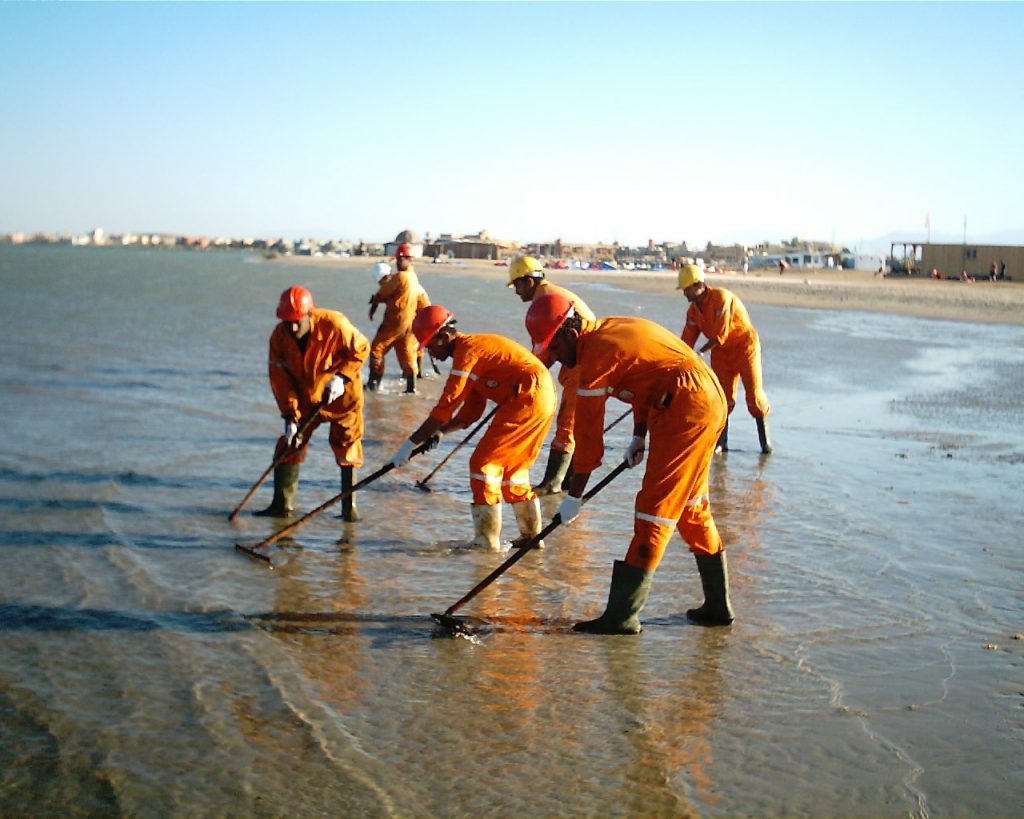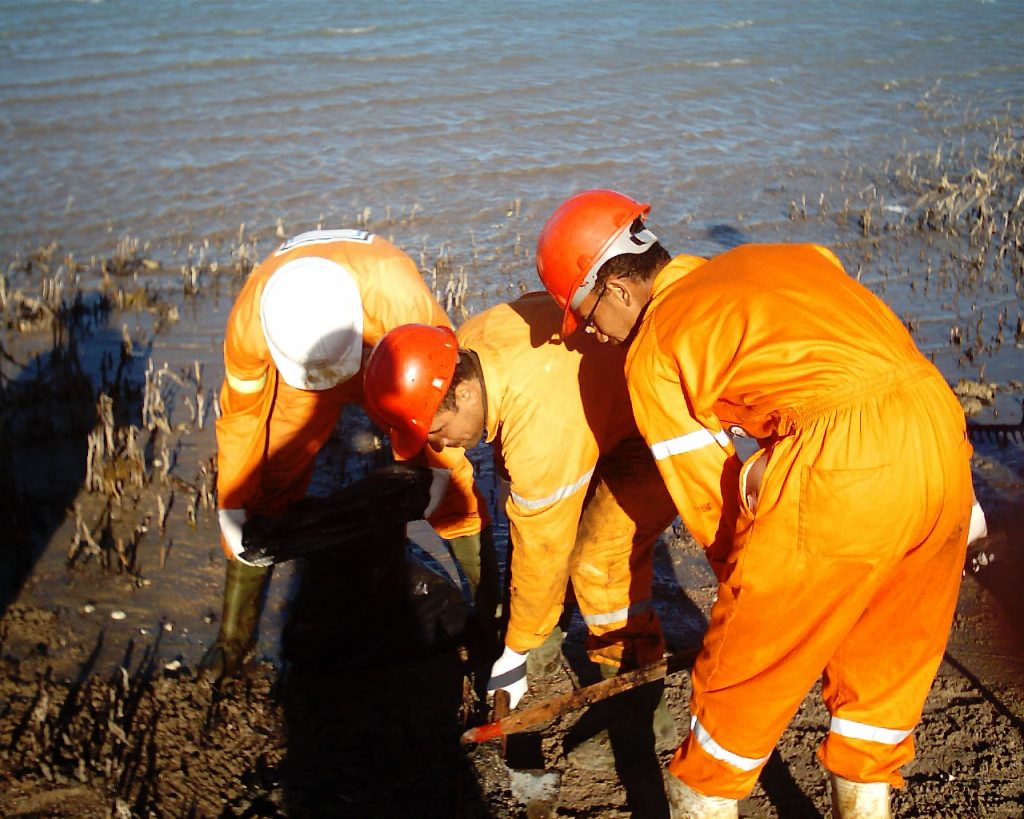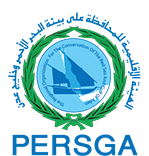Hazardous Wastes
Hazardous waste is waste with properties that make it dangerous or capable of having a harmful effect on human health or the environment. Hazardous wastes are a potential source of degradation of the marine environment through the direct or indirect discharge or raw products into the sea or through the release into different medias (e.g atmosphere, water…) of pollutants which may be generated in the process of disposal or treating these waste products.
The global program of action (GPA) for the protection of the marine environment from land based sources (GPA, UNEP 1995) was adopted in 1995 by 108 Governments which had committed to address land-based impacts on the marine environment resulting from contaminants which include hazardous wastes.
In this context, The Regional Programme of Action for the Protection of the Marine Environment from Land-Based Activities (RPA) leaded by the regional organization PERSGA has been initiated in close coordination and support with the UNEP/GPA (Global Programme of Action for the Protection of the Marine Environment from Land-Based Activities) Coordination Office.
Global conventions and policy framework governing the management of hazardous wastes
The problem of management on hazardous wastes has been a subject of numerous programs, protocols and agreements at national, regional and international levels. The following four internationals legal instruments and policy framework deal with the issue of the management of hazardous wastes:
• The Basel convention on the control of trans-boundary movements wastes and their disposal http://www.basel.int/
• The Rotterdam convention on the prior informed consent procedure for certain hazardous chemicals and pesticides( http://www.pic.int/)
• The Stockholm convention on Persistent organic pollutants (POPs) (http://chm.pops.int/)
• The Minamata convention on Mercury (http://www.mercuryconvention.org/)
• The Strategic Approach to International Chemicals Management (SAICM) http://www.saicm.org/
Regional agreements governing the management of hazardous wastes
• Jeddah convention (1982)
• Protocol Concerning the Protection of the Marine Environment from Land-Based Activities in the Red Sea and Gulf of Aden
PERSGA RPAs goals and objectives
The RPA aims at protecting the coastal and marine environment in the member countries of PERSGA (Djibouti, Egypt, Jordan, Saudi Arabia, Somalia, Sudan and Yemen) with the following goals:
• Prevent, reduce, control and/or eliminate the degradation of the marine and costal environments.
• Recovery from the impact of land-based activities
• Restoring the productive capacity and maintain the unique biodiversity of the RSGA.
• Promoting the conservation and sustainable use of marine resources. Protection of human health.
The General Objectives of PERGSA RPAs are including, but not limited to:
• The Identification and assessment of problems.
• The Establishment of targets and priorities for action.
• The Development and implementation of pragmatic and comprehensive management approaches and processes.
• The Development and implementation of strategies to mitigate and remediate pollution from land-based sources affecting the coastal and marine environment.
PERSGA RPAs/LBA related projects and strategy
• Strategic Action Programme for the Red Sea and Gulf of Aden (SAP)
• Regional strategy for continuous UP-POPs release reduction through promoting Best available technique and Best Environmental Practices (BAT/BEP) in RSGA Costal Areas
• GEF Project entitled “Promotion of strategies to reduce unintentional production of POPs in the red sea and Gulf of Aden (PERSGA) coastal zone (GF/RAB/08/006)”
• Regional Programme of Action for the Protection of the Marine Environment from Land-Based Activities in the Red Sea and Gulf of Aden
• National Programs of Actions (NPAs) for the Protection of the Marine Environment from Land-Based Activities of Djibouti, Egypt, Jordan, Saudi Arabia, Somalia, Sudan and Yemen






































